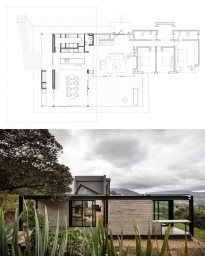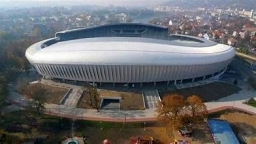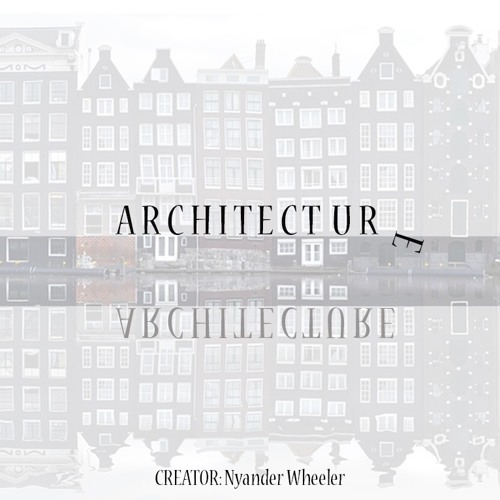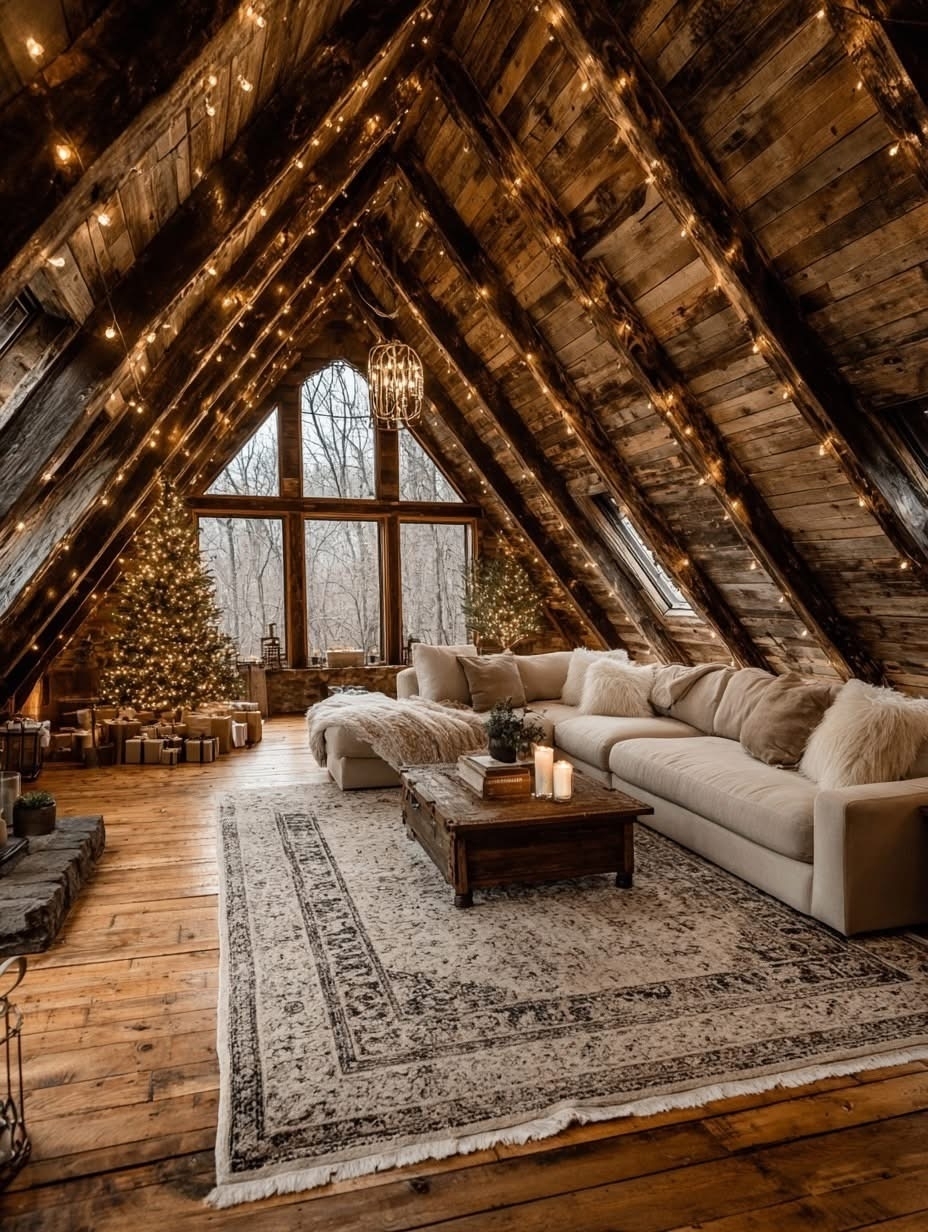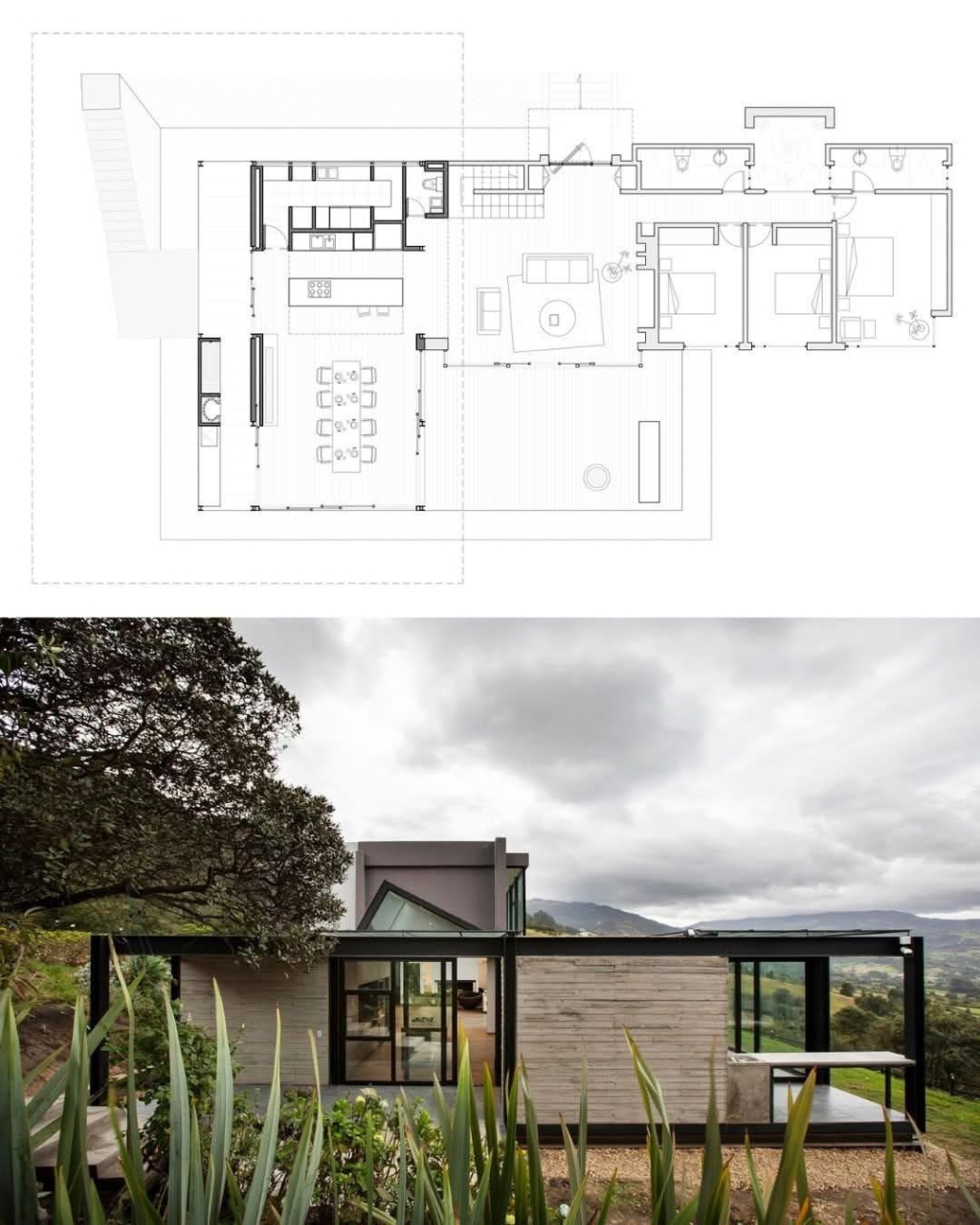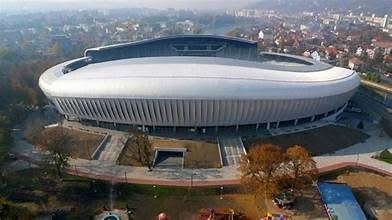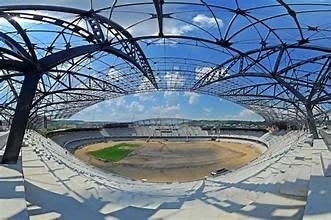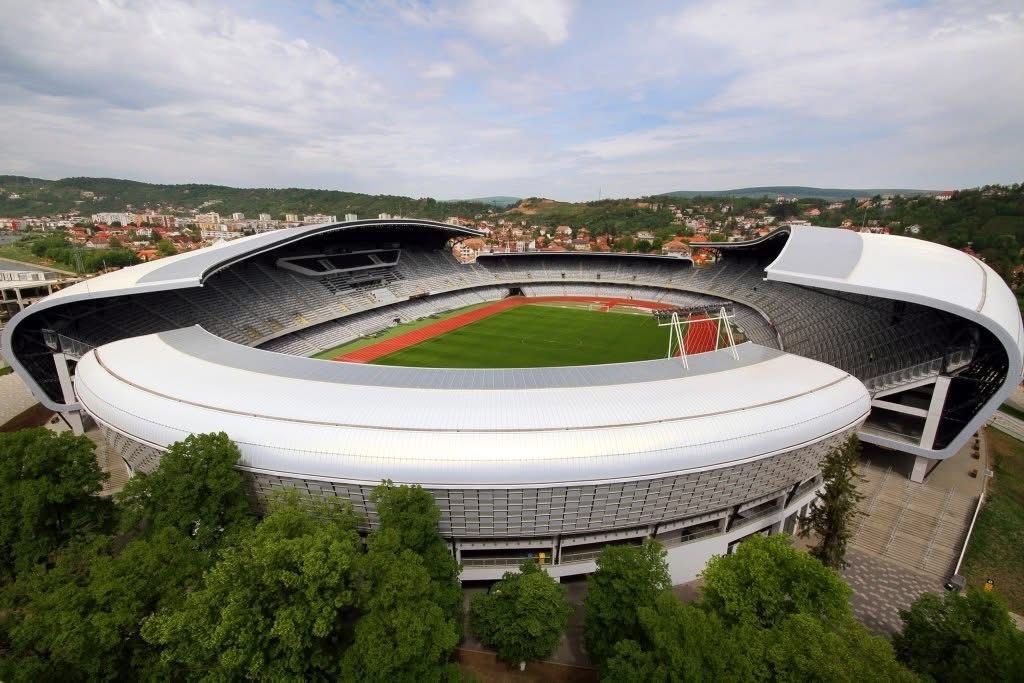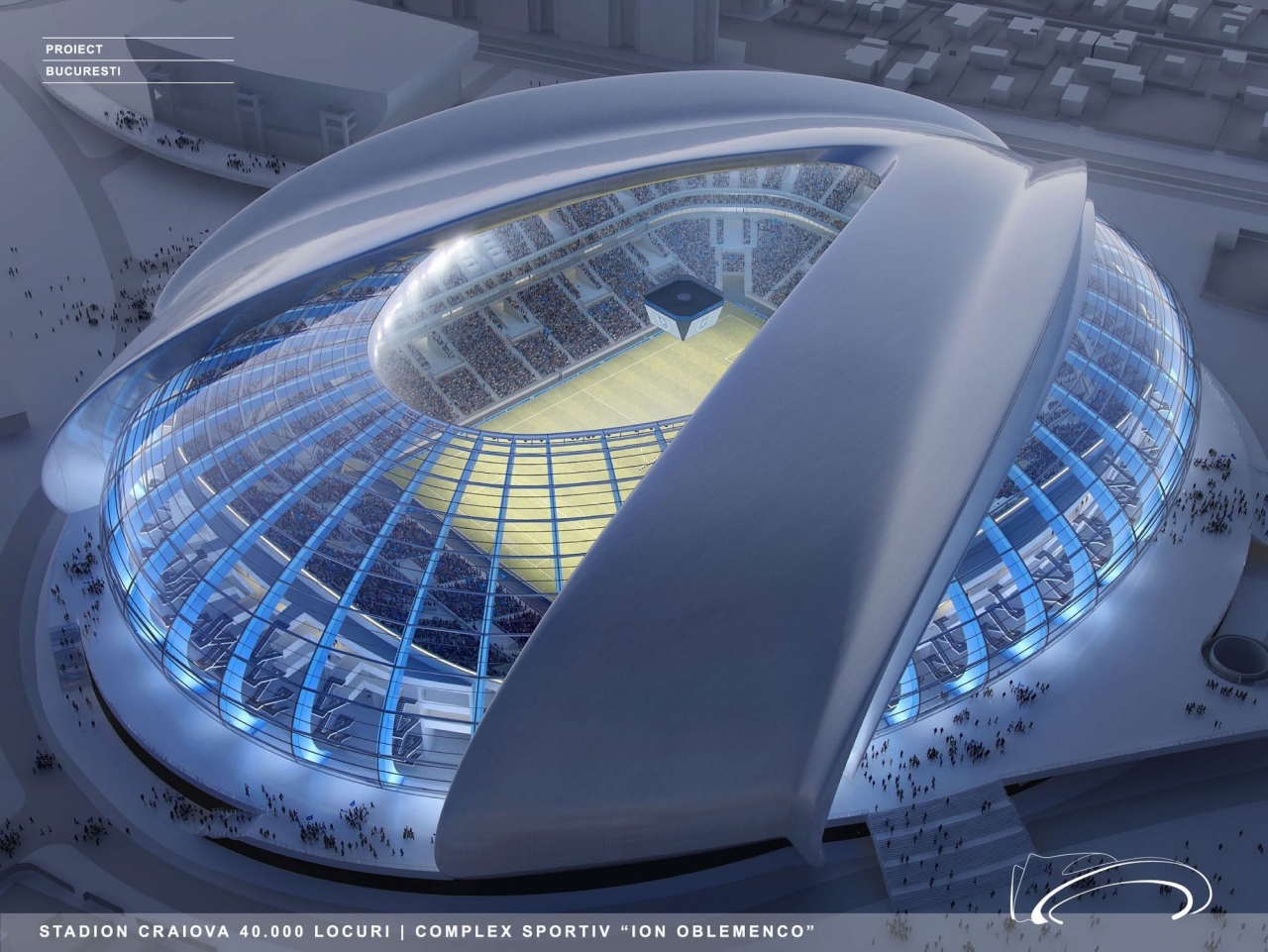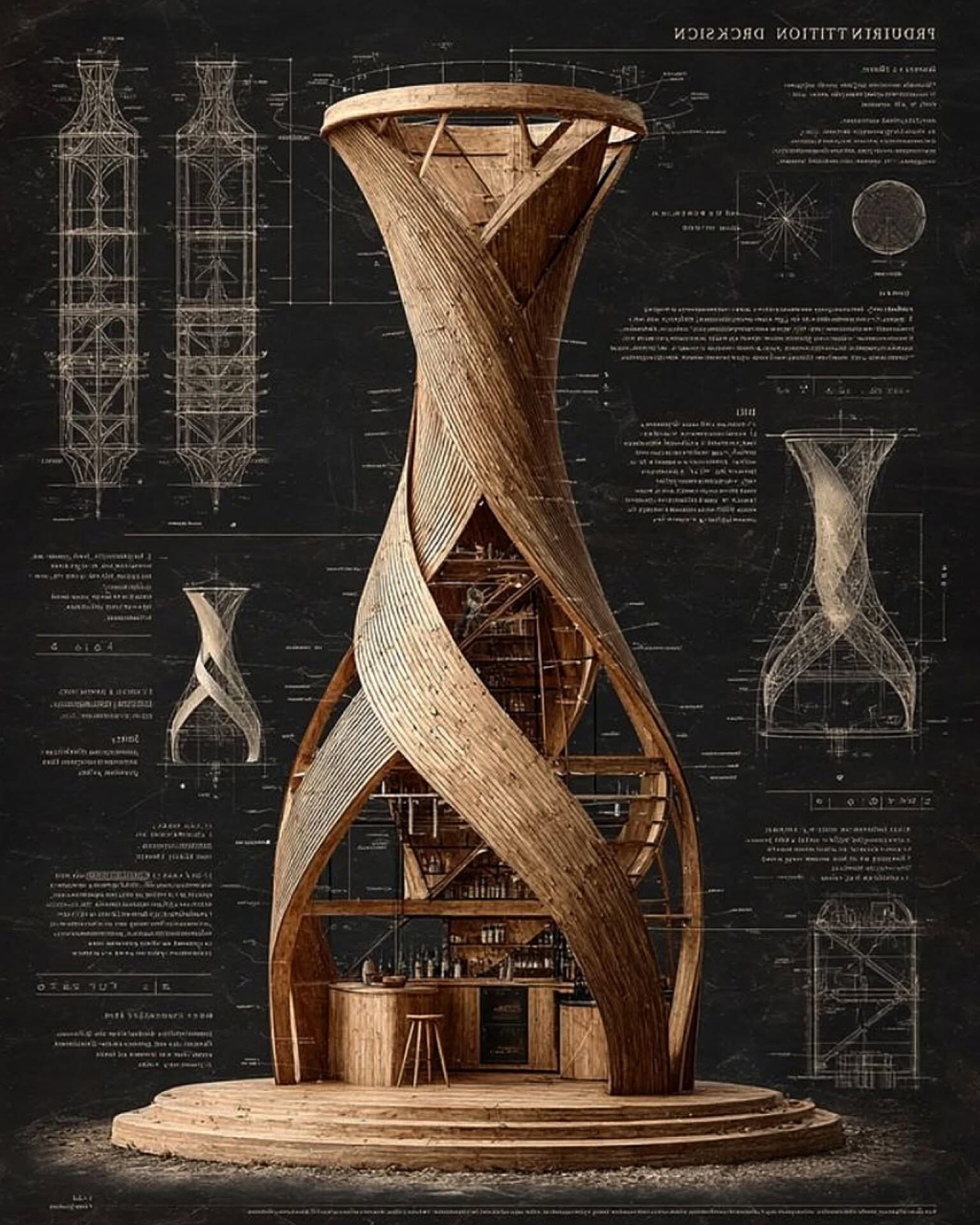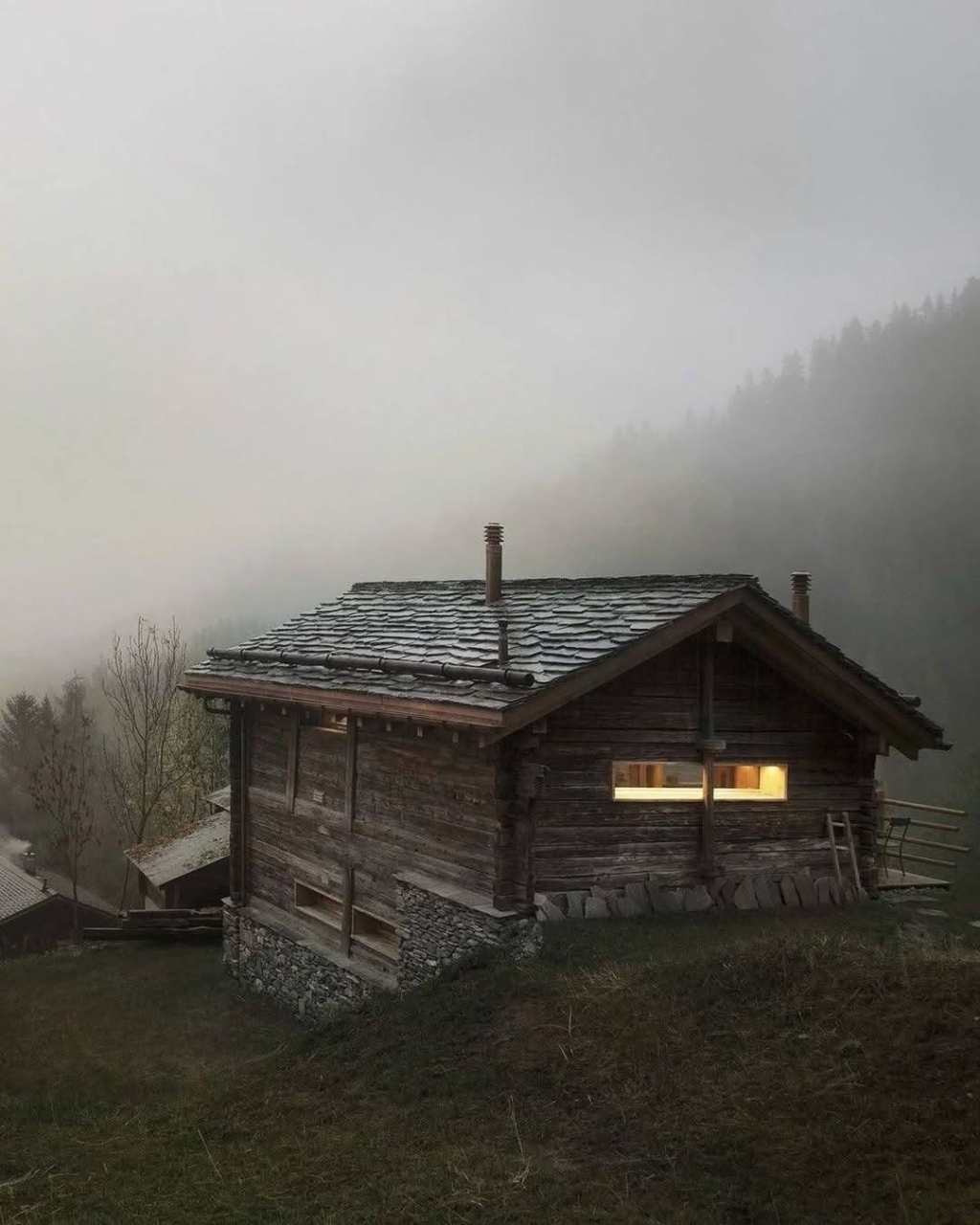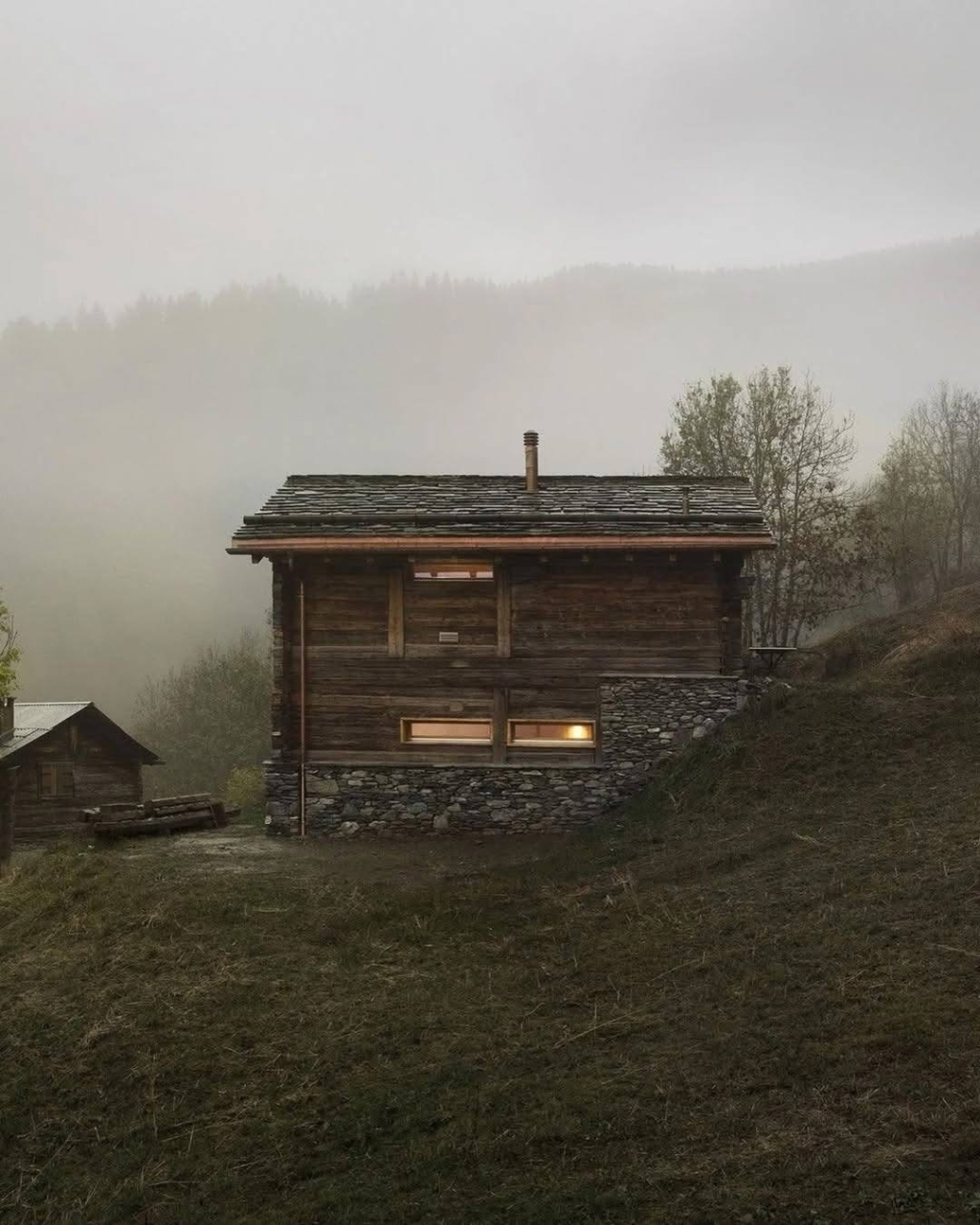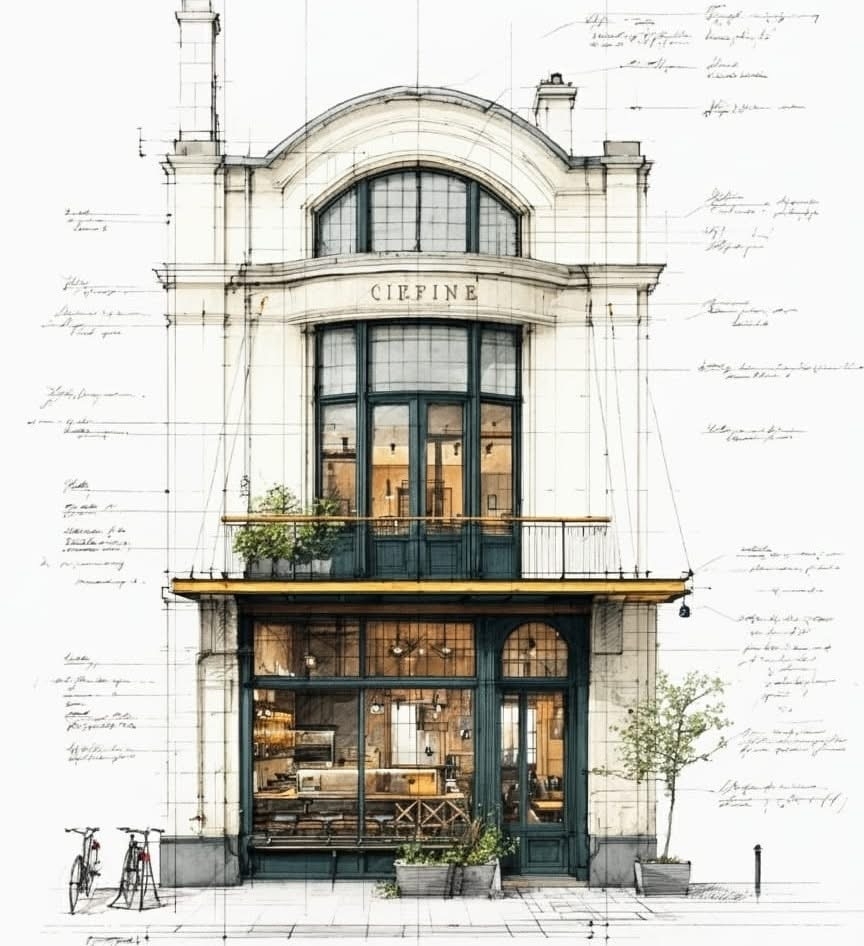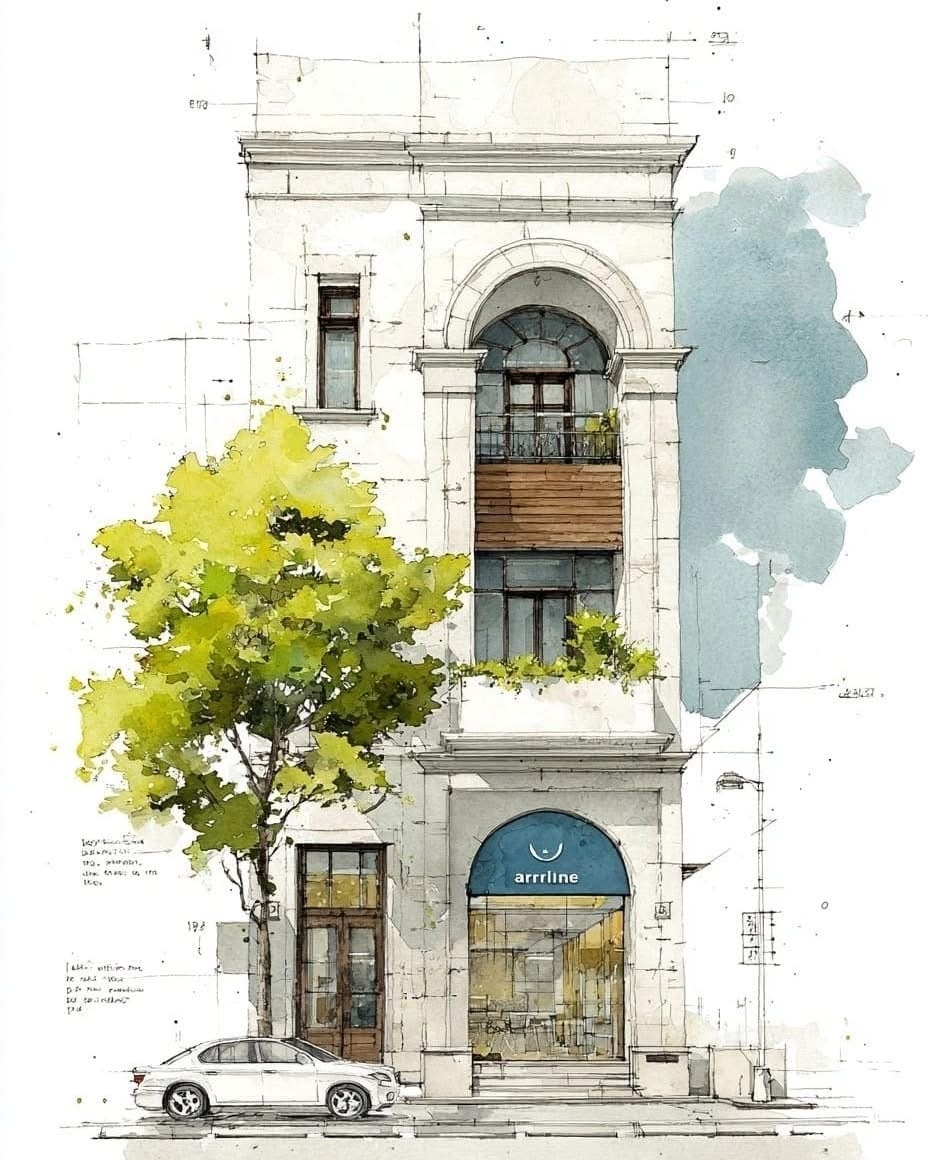Elemente fixate
Activități recente
-
Elementul din flux a fost publicat cu succes. Va fi acum vizibil în fluxul tău.
-
Elementul din flux a fost publicat cu succes. Va fi acum vizibil în fluxul tău.
-
Elementul din flux a fost publicat cu succes. Va fi acum vizibil în fluxul tău.
-
Elementul din flux a fost publicat cu succes. Va fi acum vizibil în fluxul tău.
-
Elementul din flux a fost publicat cu succes. Va fi acum vizibil în fluxul tău.
-
Marele Premiu al BNA ALTFEL 2025 a revenit arhitectului Șerban ȚIGĂNAȘ
Omagiem un arhitect care a redefinit sensul profesiei noastre.
Fondator al biroului Dico & Țigănaș, Serban Țigănaș a semnat unele dintre cele mai vizibile și admirate...Marele Premiu al BNA ALTFEL 2025 a revenit arhitectului Șerban ȚIGĂNAȘMai mult
Omagiem un arhitect care a redefinit sensul profesiei noastre.
Fondator al biroului Dico & Țigănaș, Serban Țigănaș a semnat unele dintre cele mai vizibile și admirate proiecte din arhitectura românească recentă: Arena și Sala Polivalentă din Cluj, Stadionul „Oblemenco” din Craiova, Stadionul „Arcul de Triumf” din București,
lucrări care au primit premii și recunoaștere internațională, dar mai ales aprecierea oamenilor — pentru că ele dau formă unui ideal: acela ca arhitectura să creeze locuri vii, deschise, și să aducă bucurie comunității.
Șerban Țigănaș este profesor și decan al Facultății de Arhitectură din cadrul Universității Politehnice din Cluj Napoca, unde formează generații de tineri arhitecți și îi învață că arhitectura nu este doar construcție, ci gândire, cultură și responsabilitate.
Ca președinte al Ordinului Arhitecților din România, între 2010 și 2018, a consolidat o instituție care dă astăzi coerență și demnitate breslei noastre.
Dar impactul său merge dincolo de granițele țării:
Șerban Țigănaș a fost Secretar General al Uniunii Internaționale a Arhitecților (UIA) — cea mai înaltă poziție ocupată vreodată de un arhitect român pe scena mondială.
Prin activitatea sa în UIA și în Consiliul European al Arhitecților, a dus vocea României acolo unde se discută marile teme ale arhitecturii contemporane.
Pentru această contribuție excepțională — pentru viziunea, profesionalismul și prestigiul pe care le-a adus arhitecturii românești, Bienala Națională de Arhitectură ALTFEL 2025 are onoarea de a-i acorda Marele Premiu – arhitectului Șerban Țigănaș.Postarea este în așteptare pentru moderareElementul din flux a fost publicat cu succes. Va fi acum vizibil în fluxul tău. -
Elementul din flux a fost publicat cu succes. Va fi acum vizibil în fluxul tău.
-
An alpine barn, disassembled and rebuilt.
MCL Barn holds the shape of its past. Original façade boards were removed, realigned, and reinstalled. The structure rests on a new concrete base, extended just enough to hold what’s needed.
Inside,...An alpine barn, disassembled and rebuilt.Mai mult
MCL Barn holds the shape of its past. Original façade boards were removed, realigned, and reinstalled. The structure rests on a new concrete base, extended just enough to hold what’s needed.
Inside, it's compact and open. Larch wood wraps the living space. Every function built in. No excess.
Rural form, rebuilt with care.
📐 @alparchitecturePostarea este în așteptare pentru moderareElementul din flux a fost publicat cu succes. Va fi acum vizibil în fluxul tău. -
Elementul din flux a fost publicat cu succes. Va fi acum vizibil în fluxul tău.
-
Elementul din flux a fost publicat cu succes. Va fi acum vizibil în fluxul tău.
Nu există activități aici încă









